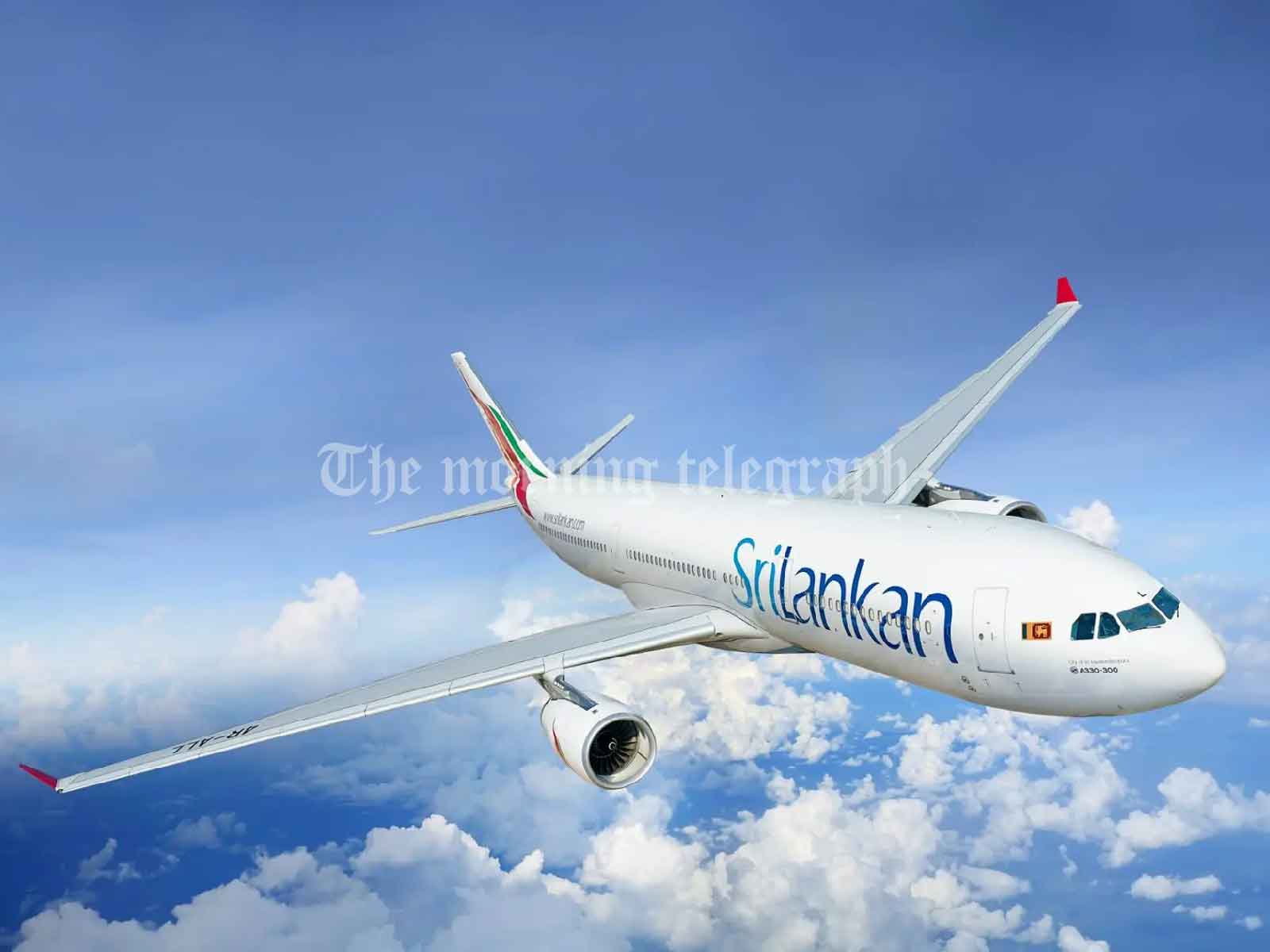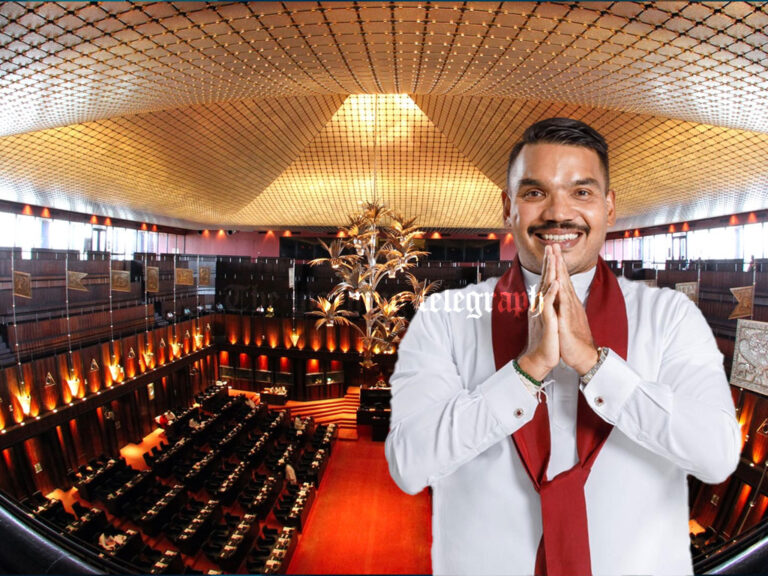
The mid-air dispute aboard SriLankan Airlines Flight UL607 has raised serious concerns about cockpit discipline and flight safety, prompting an investigation. The incident occurred during a routine toilet break request by the female First Officer. Under standard aviation protocols, when a pilot needs to leave the cockpit, a member of the cabin crew is supposed to replace them inside temporarily to comply with safety regulations. However, before this could happen, the captain closed the cockpit door, effectively locking out the First Officer.
According to sources, the captain’s refusal to open the cockpit door led to a standoff that unfolded over the communication system, with words exchanged between the pilots. The tension lasted for several minutes and reportedly required significant effort from a senior cabin crew member to mediate. The senior crew member eventually convinced the captain to unlock the door, allowing the First Officer to return to the cockpit.
The flight, which was otherwise uneventful, proceeded to land safely at Colombo’s Bandaranaike International Airport. Following the incident, the First Officer submitted a formal complaint, which is now under investigation by SriLankan Airlines and the Civil Aviation Authority. The captain has been grounded, pending the results of the investigation, and the airline is fully cooperating with authorities to ensure a thorough examination of the case.
SriLankan Airlines, in a statement, assured that passenger safety and adherence to regulatory standards remain the airline’s primary concerns. It has committed to taking appropriate action based on the findings of the investigation, which could include disciplinary measures or additional training for the crew involved. The incident has also sparked discussions within the aviation community regarding cockpit protocols and the importance of maintaining professionalism and effective communication under all circumstances.
This case highlights the critical nature of cockpit management and adherence to aviation safety protocols, with the potential for wider industry implications depending on the outcome of the investigation.




